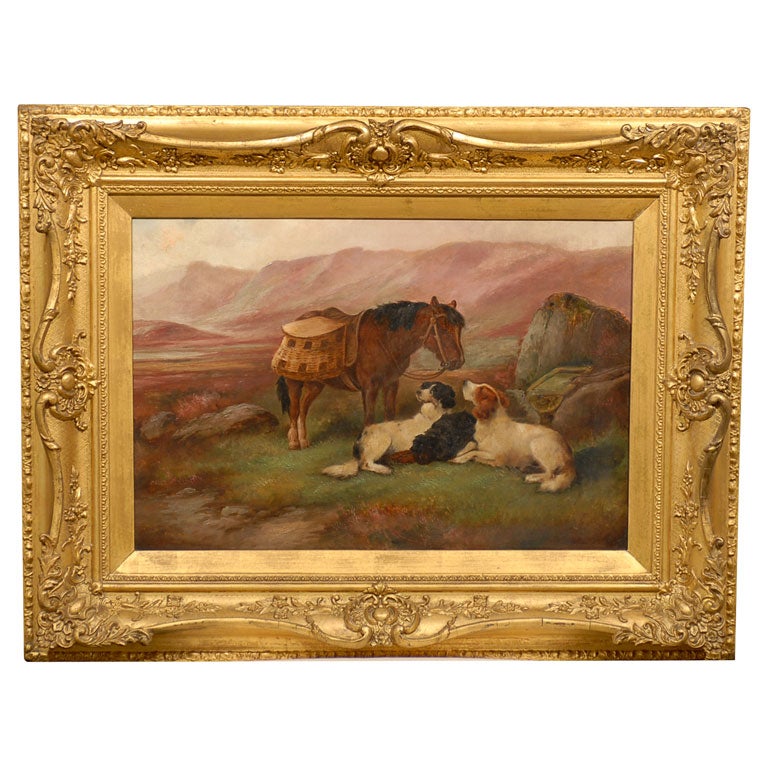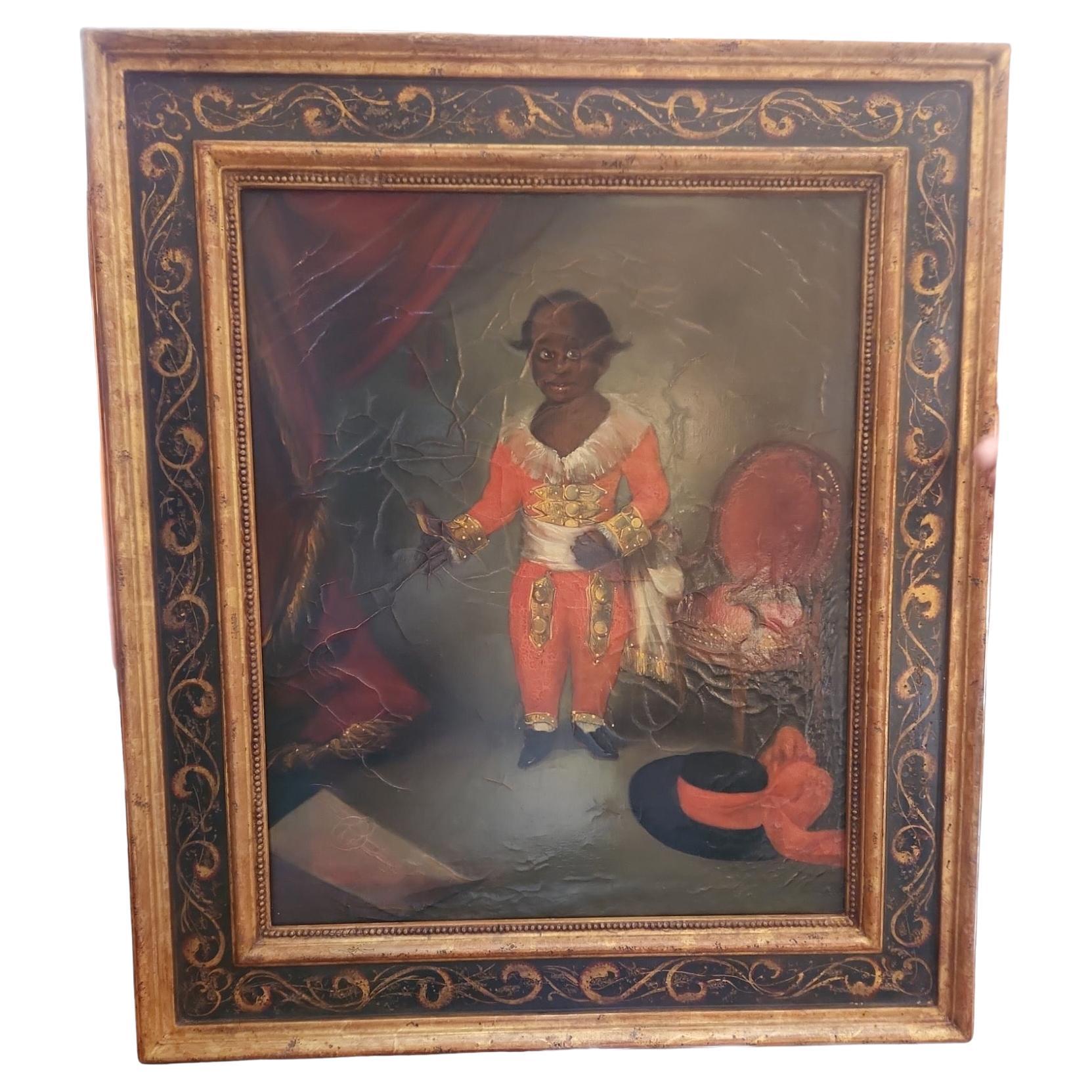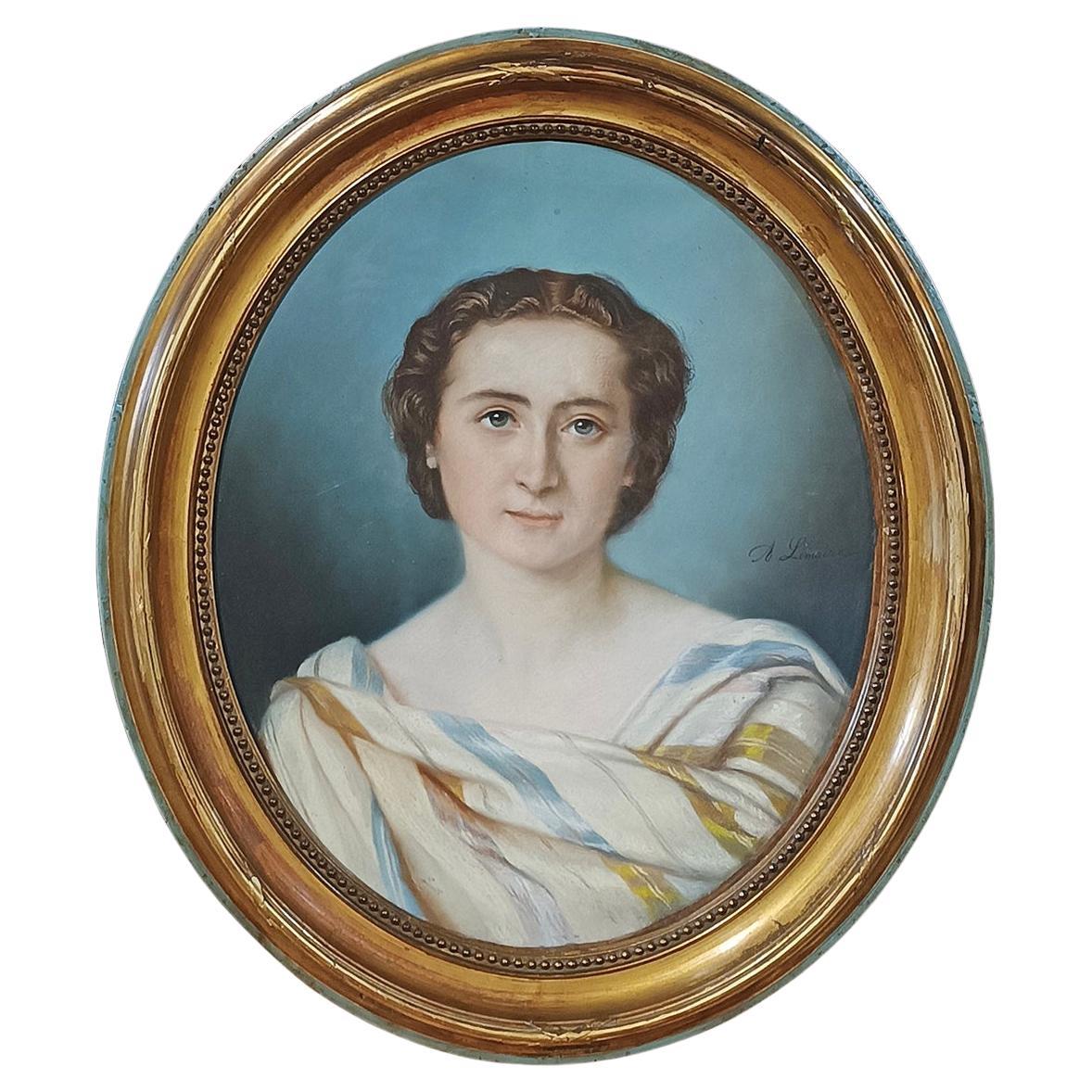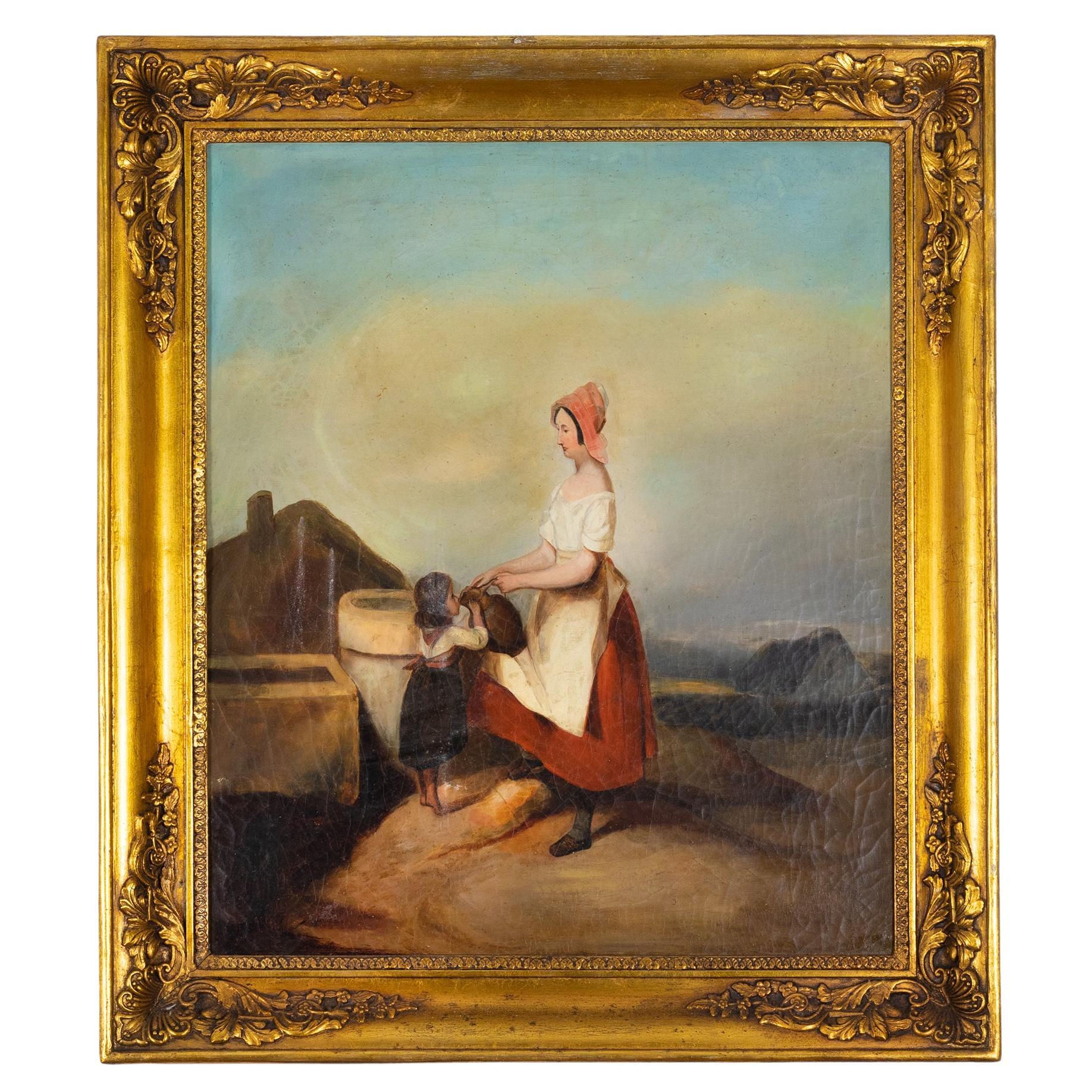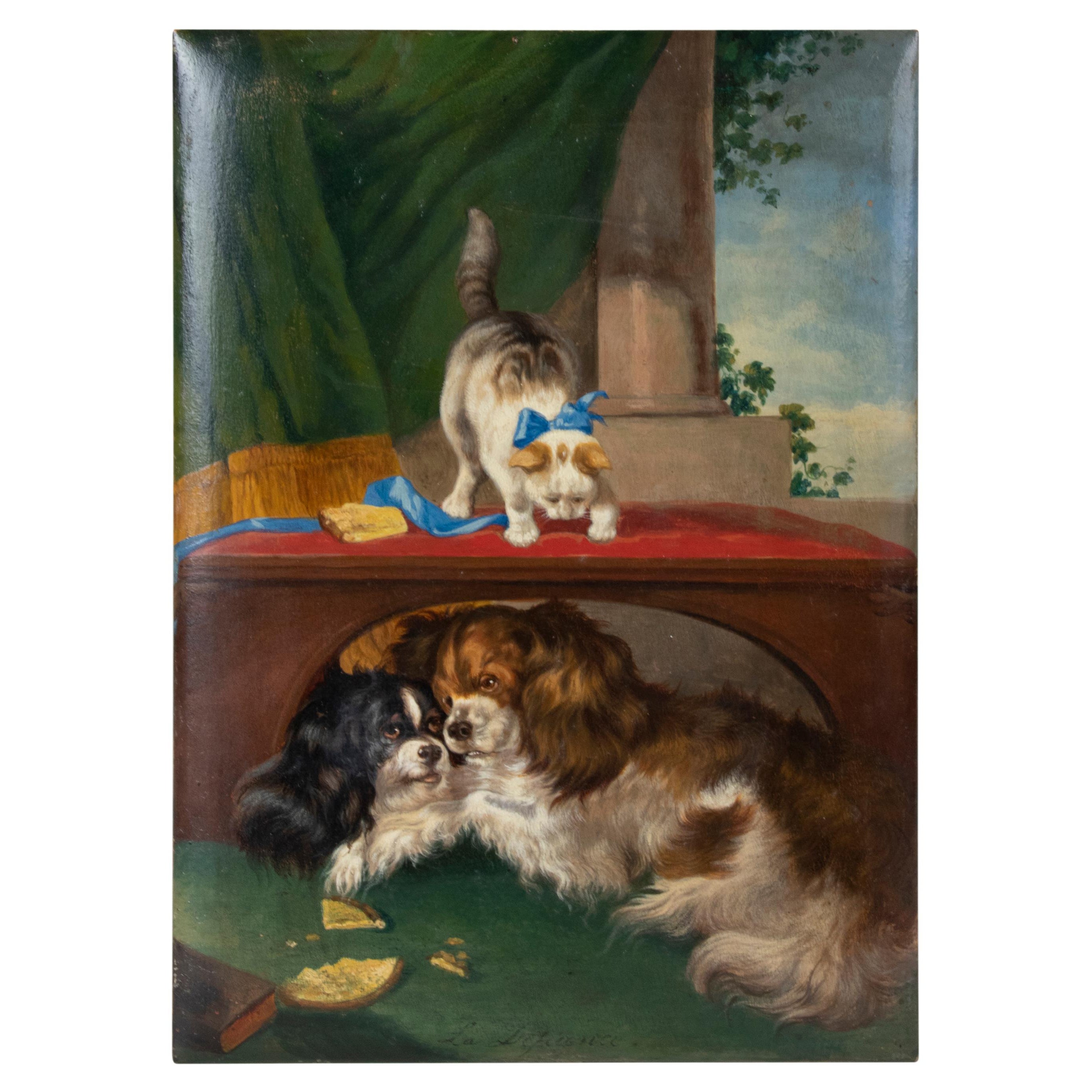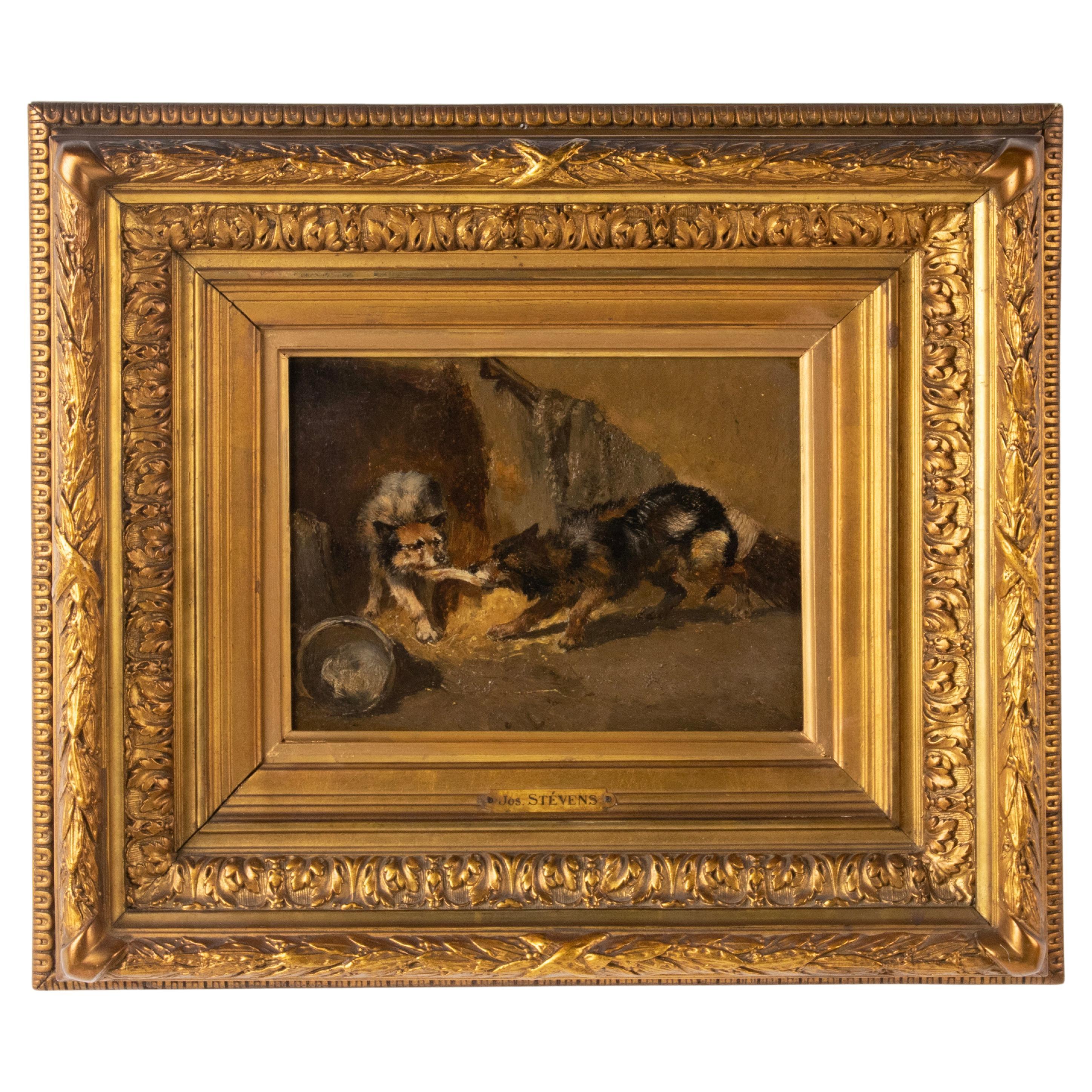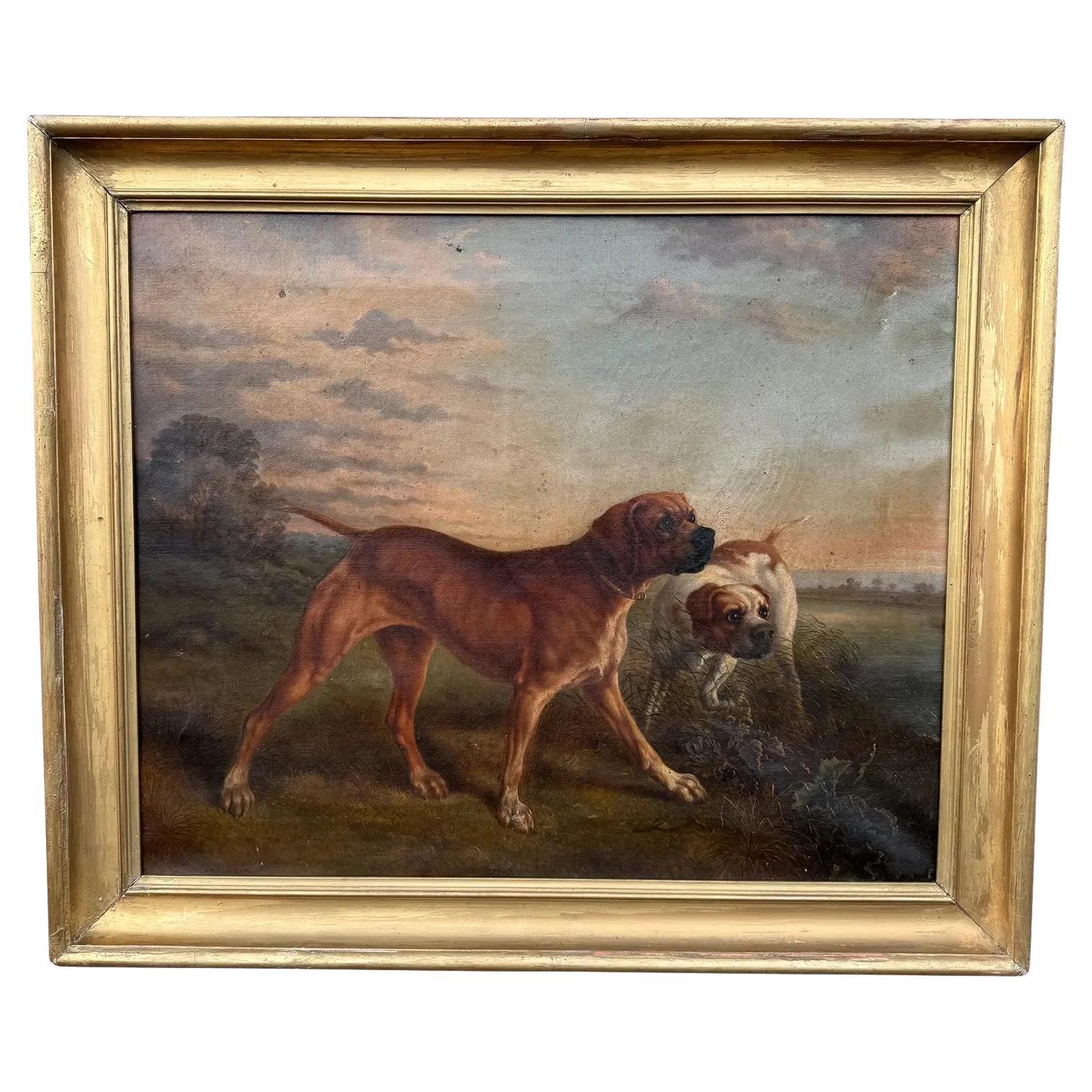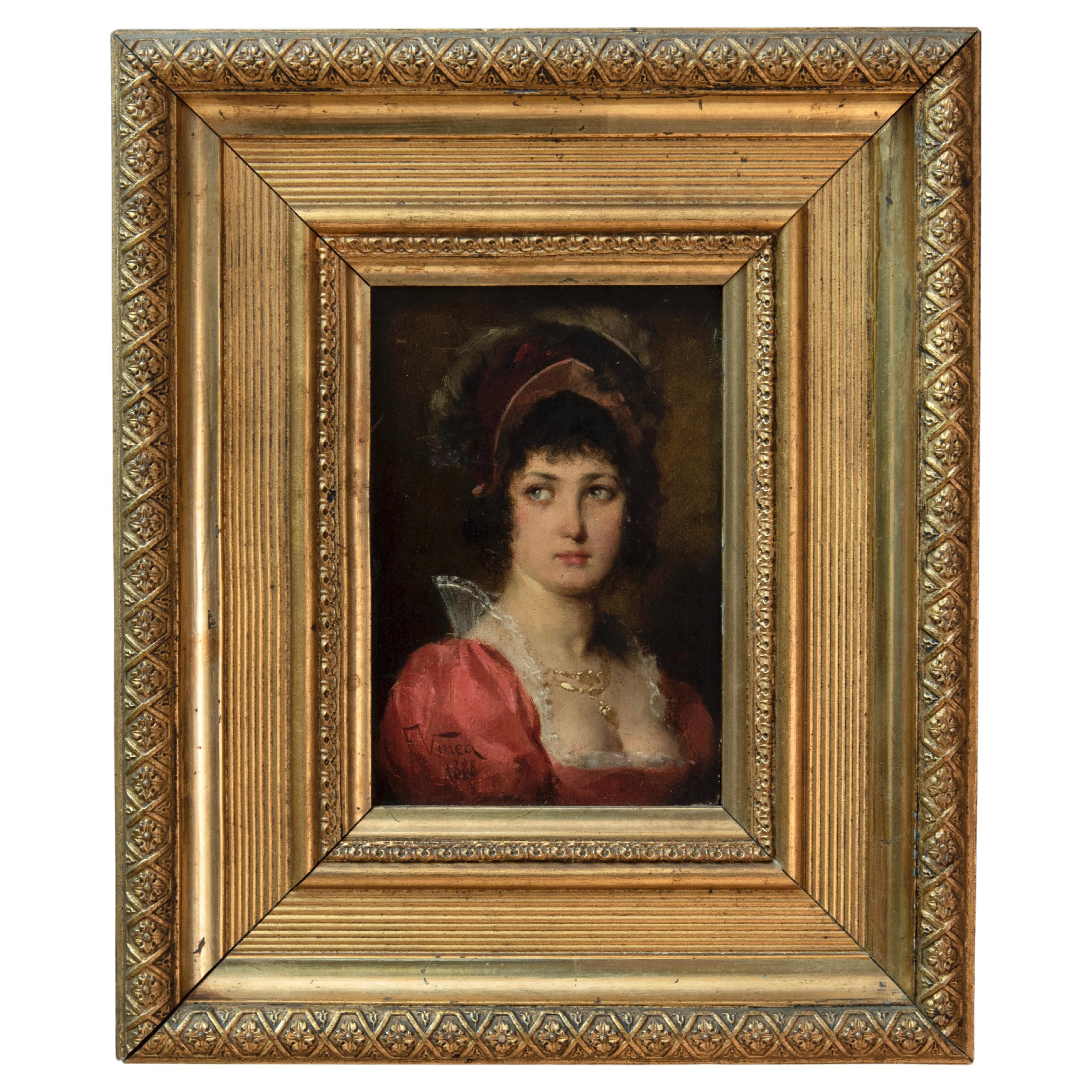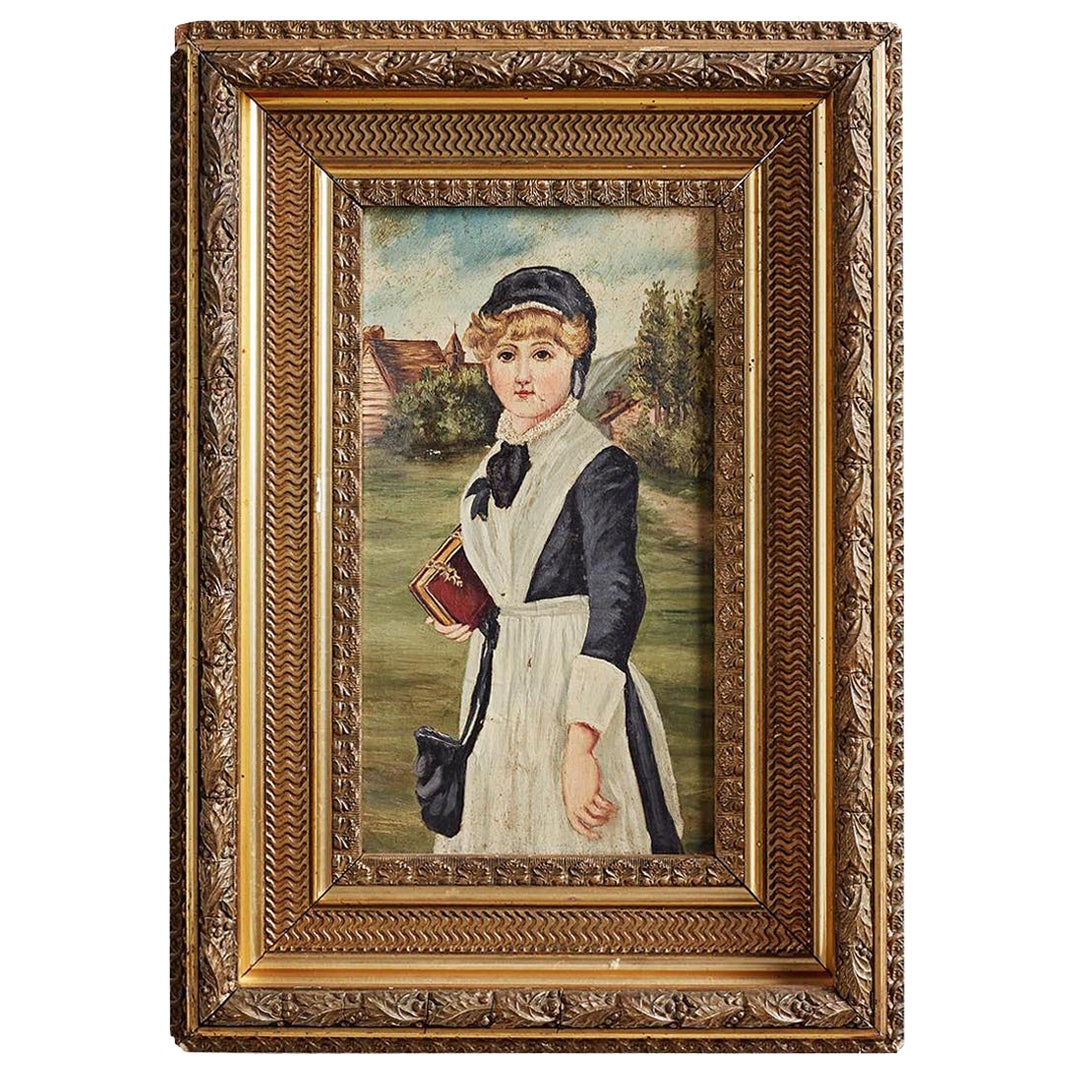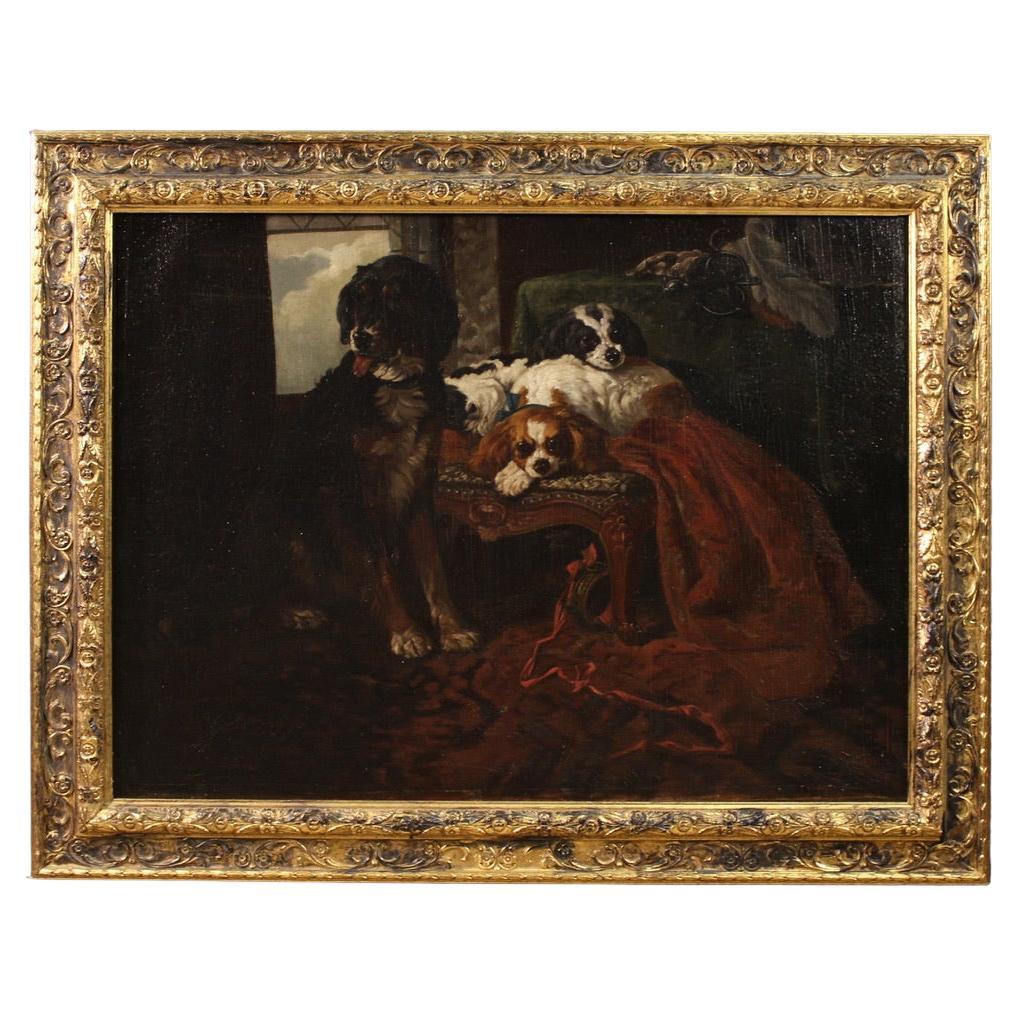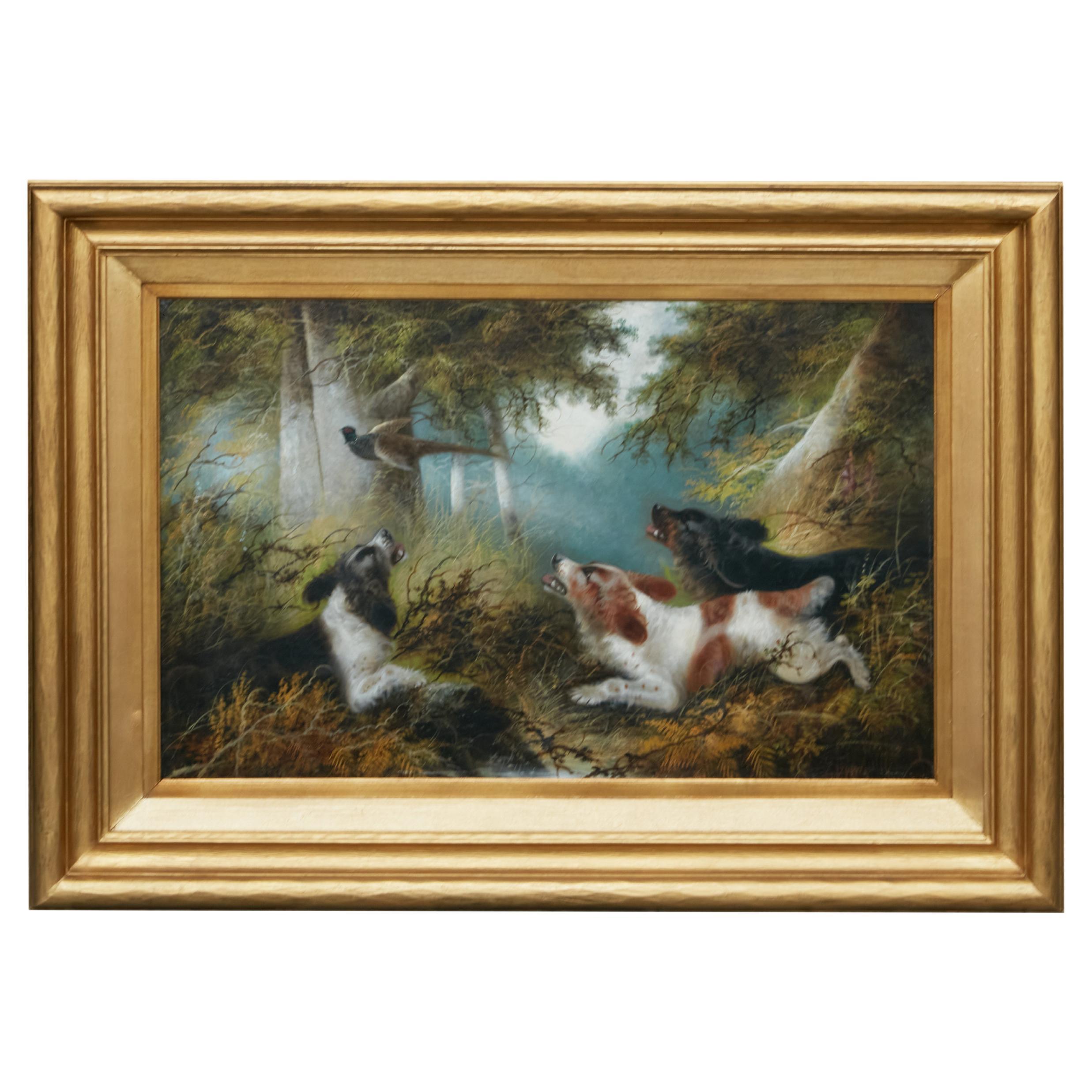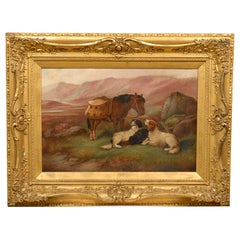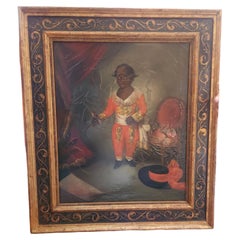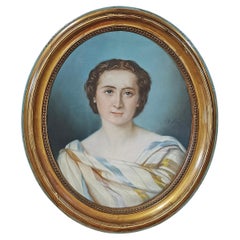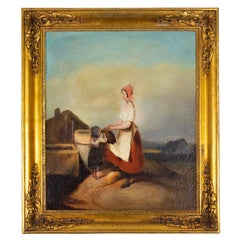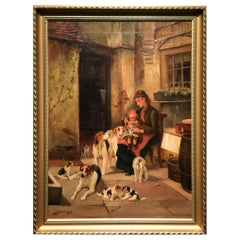
19th Century Painting with Young Mother and Beagle Dogs
View Similar Items
1 of 8
19th Century Painting with Young Mother and Beagle Dogs
$2,952.94List Price
About the Item
- Attributed to:Morretti (Artist)
- Dimensions:Height: 32.29 in (82 cm)Width: 23.63 in (60 cm)Depth: 3.94 in (10 cm)
- Style:Other (Of the Period)
- Materials and Techniques:
- Place of Origin:
- Period:1910-1919
- Date of Manufacture:1920
- Condition:
- Seller Location:Badia Polesine, IT
- Reference Number:1stDibs: LU4182113069482
Authenticity Guarantee
In the unlikely event there’s an issue with an item’s authenticity, contact us within 1 year for a full refund. DetailsMoney-Back Guarantee
If your item is not as described, is damaged in transit, or does not arrive, contact us within 7 days for a full refund. Details24-Hour Cancellation
You have a 24-hour grace period in which to reconsider your purchase, with no questions asked.Vetted Professional Sellers
Our world-class sellers must adhere to strict standards for service and quality, maintaining the integrity of our listings.Price-Match Guarantee
If you find that a seller listed the same item for a lower price elsewhere, we’ll match it.Trusted Global Delivery
Our best-in-class carrier network provides specialized shipping options worldwide, including custom delivery.You May Also Like
Robert Cleminson 19th Century Landscape Oil Painting with Horse and Dogs
By Robert Cleminson
Located in Atlanta, GA
19th century English oil painting by Robert Cleminson. This highland scene from British painter Robert Cleminson (1864-1903) features a landscape scene with a horse and three dogs. T...
Category
Antique 19th Century English Paintings
Materials
Canvas
19th Century Oil Painting Young Boy
Located in Los Angeles, CA
Mid-19th Century painting of fancy young boy in a beautifully giltwood and hand-painted frame (not original frame). The canvas itself is 20" x24". Paint is very stable even though cr...
Category
Antique Mid-19th Century French Neoclassical Paintings
Materials
Canvas, Giltwood, Paint
MID-19th CENTURY OVAL PASTEL PAINTING WITH YOUNG WOMAN
Located in Firenze, FI
Oval pastel painting on paper, framed by an oval frame in carved and gilded wood in gold pastille. The painting is also protected by glass, to pre...
Category
Antique Mid-19th Century French Paintings
Materials
Canvas, Wood, Paper, Crayon
French Painting, Mother and Child by E. Picart, 19th Century
Located in Lisbon, PT
A tender moment between mother and child is captured in this 19th-century French oil painting titled "Mère donnant à boire à sa fille" (Mother Giving Water to Her Daughter).
Paintin...
Category
Antique 19th Century French Paintings
Materials
Canvas
$3,052 Sale Price
20% Off
19th Century Oil Painting Cavalier King Charles Spaniel Dogs and a Cat
Located in Casteren, Noord-Brabant
Beautiful antique painting, oil on panel, depicting two King Charles Cavalier Spaniels and a cat.
It is a lovely painting, not too big, wit...
Category
Antique 1890s French Belle Époque Paintings
Materials
Fruitwood, Paint
Mid 19th Century Oil Painting Dogs by Joseph Stevens
By Joseph Stevens
Located in Casteren, Noord-Brabant
An oil painting of two rustic dogs fighting over a piece of food. It is painted on an oak panel. Signed top left. The signature is a bit faded, it's a monogram J.S. by Joseph Stevens. He often signed with a monogram. In a gilded frame frame with gesso moldings.
Dimensions frame: 41 x 47 cm
Dimensions painting: 17 x 23 cm.
Joseph Stevens is the older brother of the very well-known artist Alfred Stevens. In the book 'The Belgian Art Book' by J. de Geest, it is written that Joseph Stevens has given a new dimension to painting animals. Joseph Stevens is an early representative of realism and social art. While Eugene Verboeckhoven has royal dogs pose on a beautifully embroidered cushion, Joseph Stevens already has an eye for the dark side of animal existence: exploitation by man, who in turn is a victim of society. His first successful painting, Brussels in the morning, shows how miserable dogs and poor people suffer the same fate. In the Sandman, Stevens shows a joint effort of man and dog, in which the viewer cannot ignore the social conditions: exhausting labor at dawn in some suburb. The gray sky and monochromy of the suburb add to the sinister atmosphere. Joseph Stevens was one of the first artists to take the urban proletariat as his subject. Stevens enjoys a very high reputation in his Parisian years. His brother Alfred writes: 'I am of this time, but you, Joseph, you are of the race, and thus you are of all times.' French critics agree. Stevens' works are a source of inspiration for the literature of the time. For example, Beaudelaire writes a poem about Stevens' dogs.
Joseph Edouard STEVENS. Belgium, 1819-1892
Stevens was a painter, etcher and engraver. Brother of the gifted painter Afred Stevens. Education at the Academy in Brussels (1834-1835). Debuted at the Salon in Brussels in 1842. Continued his career in Paris in 1852. He was primarily the painter of canvases depicting domestic animals (dogs, monkeys, horses), sometimes in curious, even idiosyncratic situations, and far from romanticism. This realism, of which he was one of the pioneers, earned him the interest of critics and intellectuals.
His approach was defined by this contemporary realism that eschewed idealized depictions of animals as heroic emblems of nobility. Rather, Stevens emphasized the ordinary animals of everyday life, with a particular focus on working dogs, stray dogs and all of the mutts that wandered the streets of Brussels. Museums and public collections, including' Royal Museum of Fine Arts Brussels, Ghent, Hamburg, Paris, Musée du Louvre, Rouen, Musee des Beaux-Arts. Stuttgart, State Gallery. King Leopold...
Category
Antique 1850s Belgian Beaux Arts Paintings
Materials
Gesso, Oak, Pine, Paint
Recently Viewed
View AllMore Ways To Browse
Huile Sur Toile
Beagle Painting
Franco Oil Paintings
Postcard Frame
William A Drake
Chinese Pith Paintings
Paris Street Scene Oil On Canvas Signed
Chicken Antique Painting
Eglomise Painting
Nantucket Signs
18th Century Capriccio
California Mission Furniture
Chinese Junk
Harlem Furniture
Reverse Painting Ship
Tiger Painting Midcentury
Used Furniture Tucson
Brutalist Oil Painting
